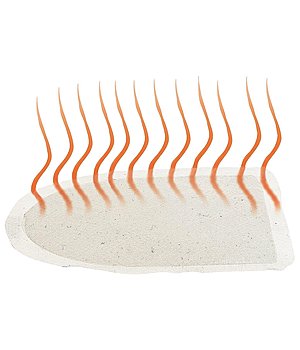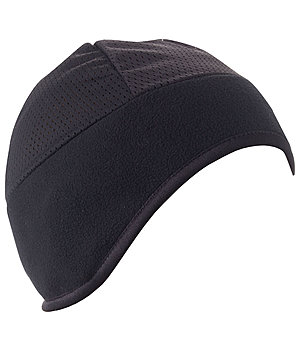
Dog Leads
- Frequently asked questions
- What types of dog leads are available?
- What material should the dog lead be made of?
- Which lead is suitable for my dog?
- What do I use a tracking lead for?
What types of dog leads are available?
- Classic lead
- Short lead or metre lead
- Slip lead, retriever lead or Moxon lead with or without stop
- Tracking lead
- Show lead
- Flexi lead or retractable lead
What material should the dog lead be made of?
In addition to the right model, you should pay attention to the material when buying a dog lead. There are the following types of dog leads:
- Leather dog leads
- Rope or cord dog leads
- Polypropylene or other textile dog leads, such as synthetic leather
- Plastic dog leads, such as PVC
Equally easy care are nylon dog leads and those made of other textiles. You can even put these in the washing machine. Elastic materials are suitable for classic leads as well as slip leads that need to release when tension decreases. They are particularly tear-resistant and can withstand being bitten by the dog without immediately breaking. Leather dog leads are a classic, but since leather is a natural product, it requires special care. However, with proper leather care, they can be very durable. If you opt for a leather lead, choose one that has been vegetable-tanned. Chrome-tanned leather can harm your dog's health as well as the environment.
Which lead is suitable for my dog?
With the classic lead, no dog owner can go wrong, as it is very versatile and suitable for various dog sizes. Thanks to the double-sided snap hooks and offset rings, you can switch between several lengths depending on what is required in the situation. Additionally, it can be effortlessly hung up when the dog is running free.
A tracking lead of at least 5m in length is suitable for training commands or giving the dog more freedom. With a tracking lead, the dog can, for example, jump into water or follow a trail without completely detaching itself from its owner.
Retractable leads are often and willingly used for small dog breeds. A retractable lead is equipped with a winding mechanism that can cause an unexpected, strong pull for the dog at the end of the extending process. To avoid straining the dog's airways and spine, a well-fitting dog harness is preferable to a collar.
Dogs that are mostly off the lead and only need to be put on a lead for short periods can be led using a slip lead, also known as a retriever or Moxon lead. A slip lead combines collar and dog lead, with a loop being pulled over the dog's head. Depending on the tension, this loop tightens or loosens again. There are also slip lead models with a stop, so that the dog is not choked if there is possible tension. Slip leads are also a good choice for shows and competitions, such as agility. Caution: Slip leads are not suitable for dogs that pull strongly and persistently on the lead!
What do I use a tracking lead for?
A tracking lead can be between 5 and 15 metres long and allows the dog to roam without being completely on its own. The dog essentially "drags" this lead behind it. Many dog owners use these leads to give their dogs more freedom in environments where they are not allowed to run freely. Additionally, the owner can intervene in time during tricky and unclear situations if the dog does not obey commands.
A tracking lead is also a good tool for training young dogs. With a tracking lead, recall can be practised and corrected if necessary. In addition to puppy training, a tracking lead can also be useful for dogs in heat or during anti-hunting training. All in all, a tracking lead can make walks more relaxed and safer for both the dog and the owner.
However, when using a tracking lead, you should ensure that you can adequately assess the distance. Due to the large range of movement allowed by a tracking lead, the dog could, for instance, quickly run onto the road if it doesn't respond to the command to stop and the lead isn't reeled in fast enough. Therefore, only use the tracking lead in an environment where the dog can truly move freely without obstacles.


